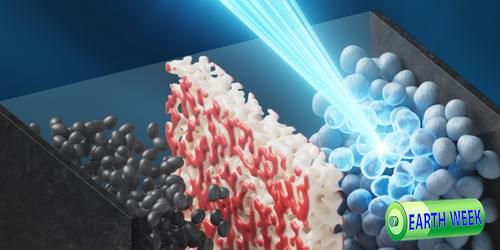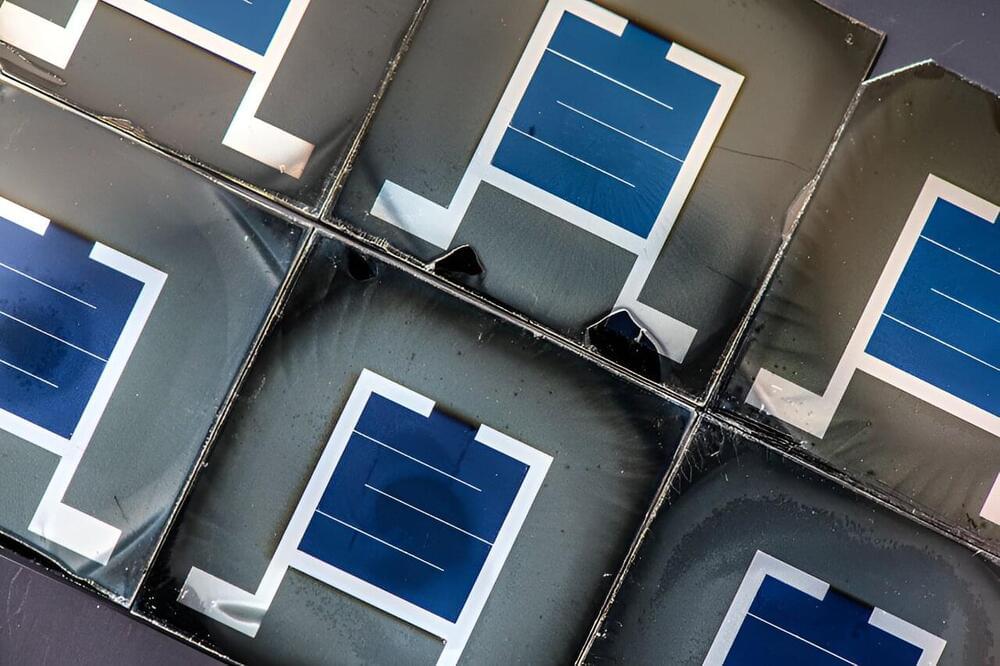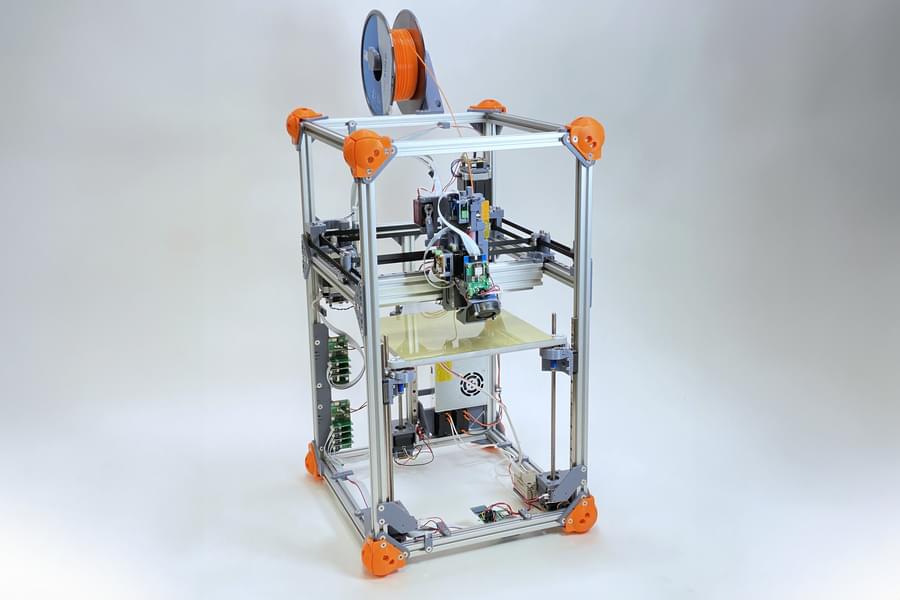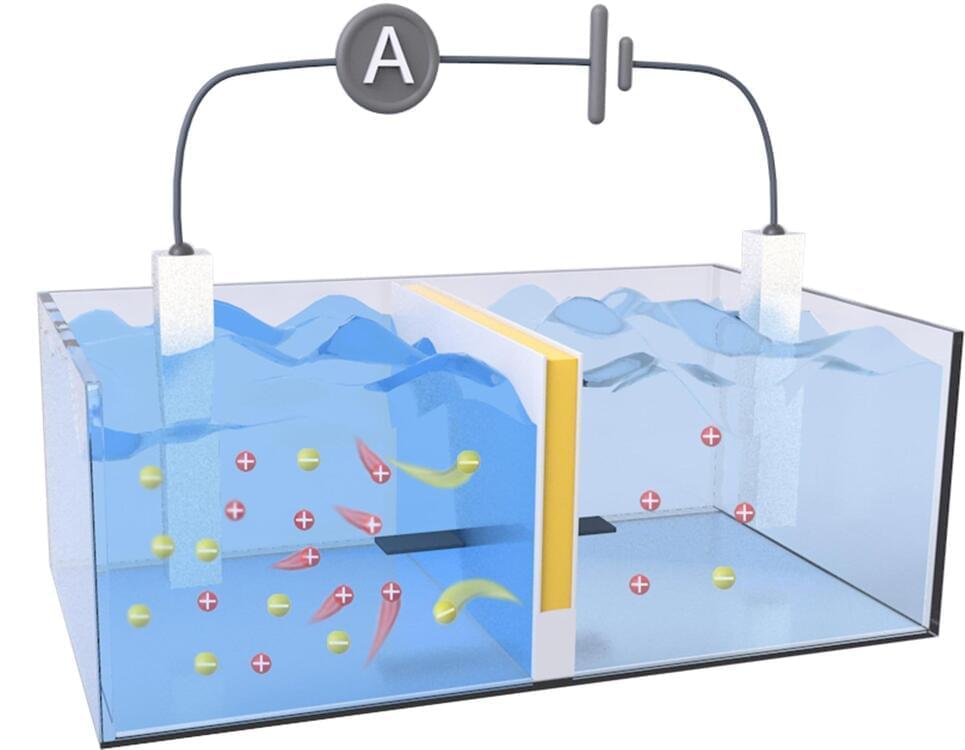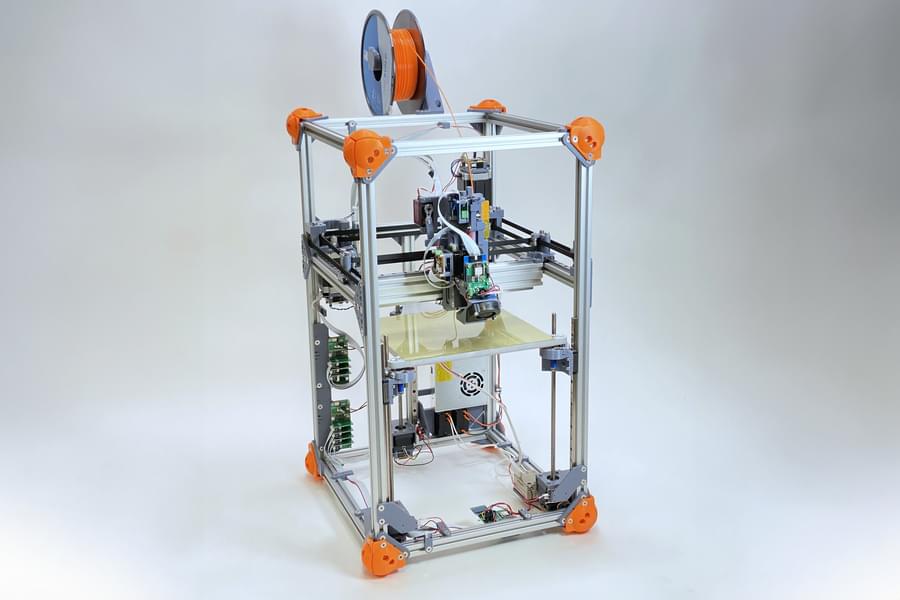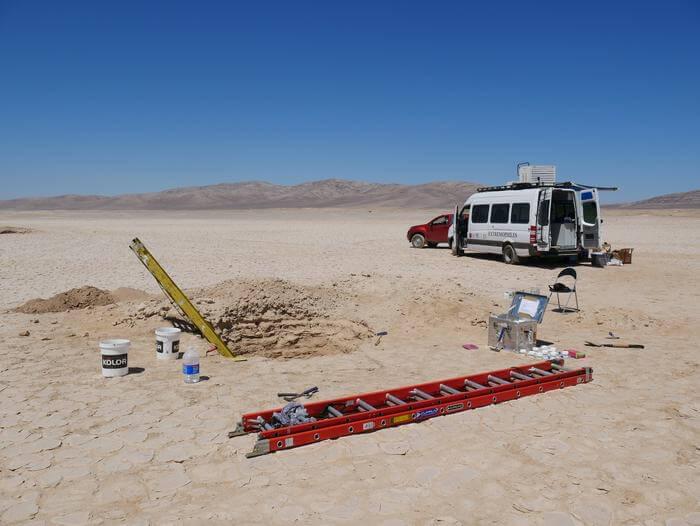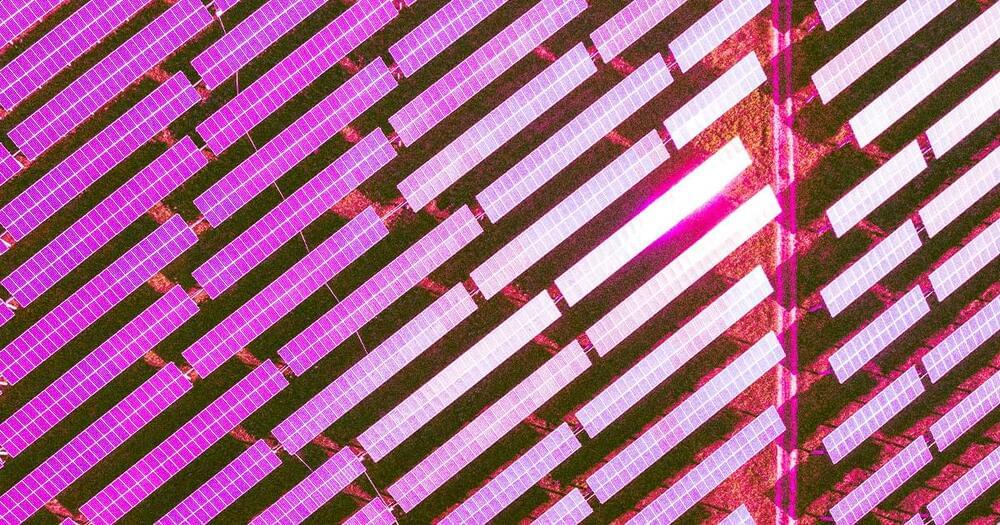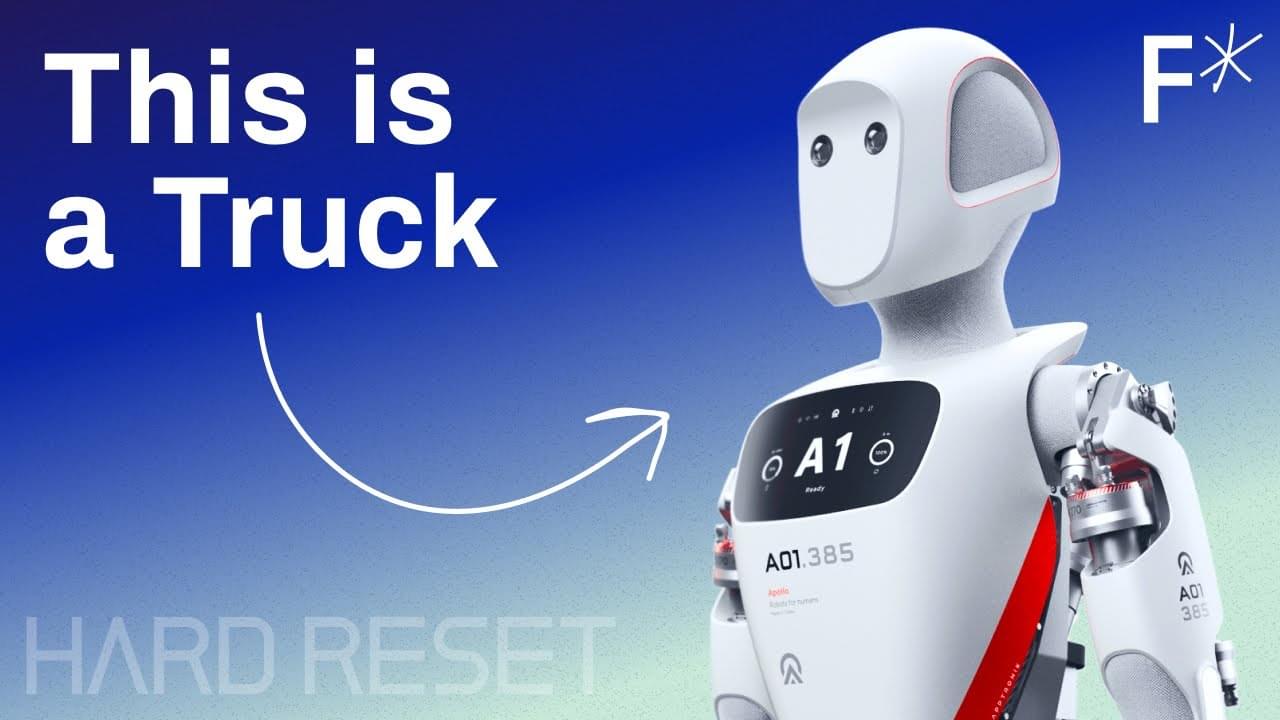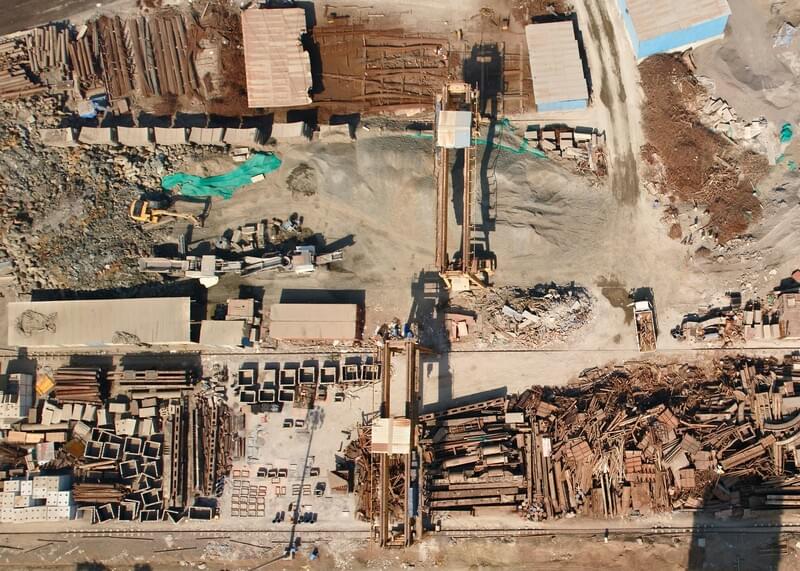Real-time in situ x-ray observations of new nickel-rich lithium-ion batteries reveal that reduced performance comes from lithium ions getting trapped in the cathode.
This article is part of a series of pieces on advances in sustainable battery technologies that Physics Magazine is publishing to celebrate Earth Week 2024. See also: Q&A: Electrochemists Wanted for Vocational Degrees; Q&A: The Path to Making Batteries Green; News Feature: Sodium as a Green Substitute for Lithium in Batteries; Research News: A New Cathode for Rechargeable Magnesium Batteries.
Electric vehicles are picking up visibility in the public eye. But their adoption is slowed down by batteries that degrade over time, an issue commercial ventures are especially keen on addressing as they adopt increasingly nickel-rich cathodes—the cathode du jour for high-end electric vehicles. The substitution of nickel for cobalt in earlier versions of these cathodes can improve their performance, but it also accelerates degradation. Earlier this year, Louis Piper, University of Warwick, UK, and his colleagues devised and demonstrated an x-ray technique that can examine industry-grade versions of nickel-rich lithium-ion batteries in real time [1]. Their observations help to narrow down why these batteries degrade and lead to suggestions for how to prolong battery lifespans.
